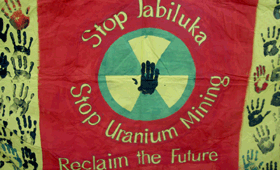

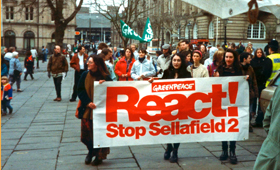
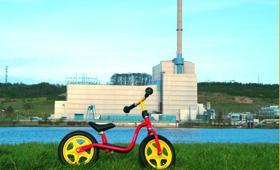
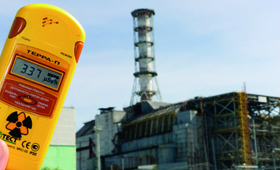
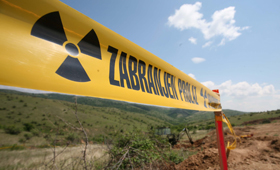
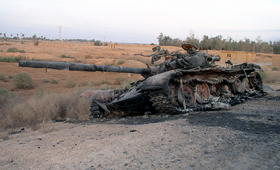
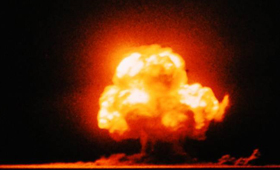
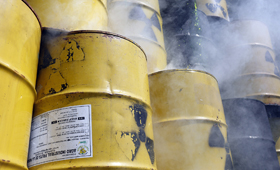

The nuclear chain links nuclear power to nuclear weapons
It only took one bomb on August 6, 1945, to completely destroy the Japanese city of Hiroshima. The world stood on the brink of nuclear annihilation several times in the decades that followed. Nuclear war was only avoided by a hair's breadth through luck or coincidence. At the height of the Cold War, nuclear arsenals amounted to more than 65,000 nuclear warheads. Today just under 15,000 remain - still enough to blow up the world more than once. Several thousand of these weapons are on hair-trigger alert, ready to be launched in minutes.
What does all this have to do with the civilian use of nuclear energy? The answer is: a great deal. All of the links in the nuclear chain - whether it be uranium mining, nuclear reactors, research reactors, uranium enrichment or reprocessing plants - have contributed significantly to the fact that, today, many states technically have the option to develop nuclear weapons in only a short space of time. Some of them have done this - either openly, or secretly.
The so-called peaceful use of nuclear energy is responsible for the spread of the material needed to make nuclear weapons. Nuclear weapon programmes can easily be hidden behind nuclear power programmes. The civilian and military use of nuclear energy are inextricably linked. They are two sides of the same coin: Playing with the nuclear inferno.

The various steps needed to process uranium for use are often referred to as the "nuclear fuel cycle". In reality, it has nothing to do with recycling and is more like a path leading to a dead-end, beginning with the natural resource of uranium and ending with nuclear waste. That's why we prefer to call it a "nuclear chain". Each link in this chain, beginning with uranium mining and the transportation of "Yellow Cake", followed by its use for nuclear power or nuclear bombs, the reprocessing of used fuel rods to make plutonium, and ending in nuclear waste or fallout from nuclear explosions, each of these damages the environment and human health irreparably. Millions of people are suffering around the world from the effects of this civilian and military nuclear industry - two sides of the same coin - that is behind the nuclear chain.

Basel 2017
Resistance: Almoustapha Alhacen
Solutions: Hiromichi Umebayashi
Education: Janine Allis-Smith / Martin Forwood
Special Recognition: Jochen Stay